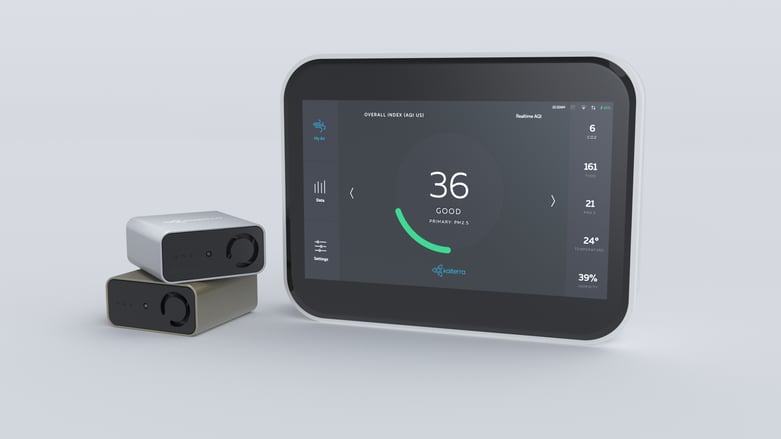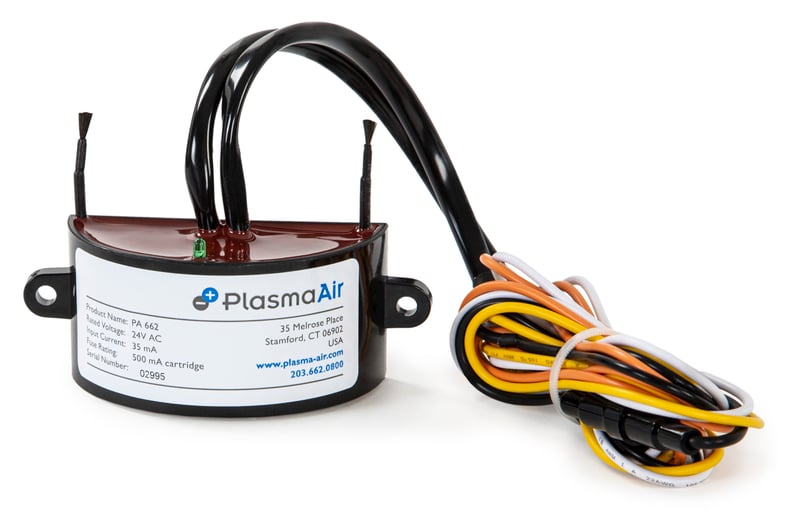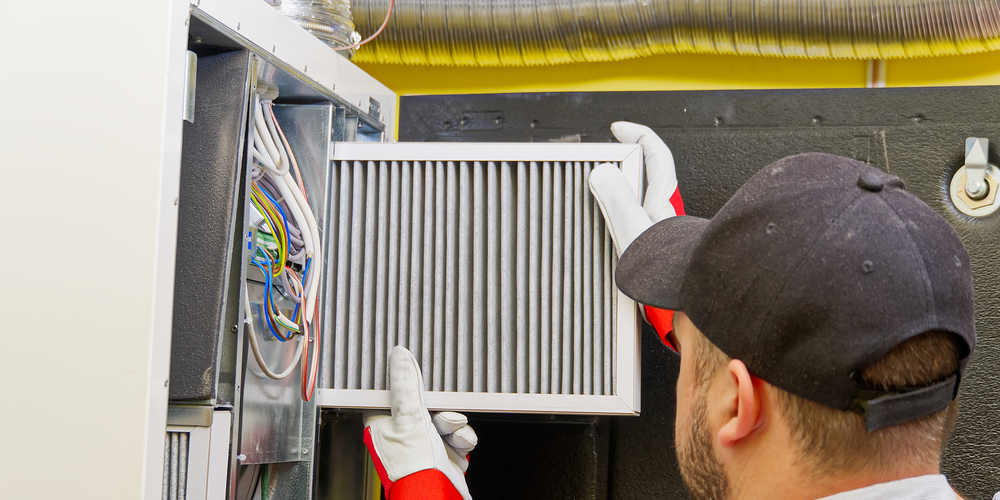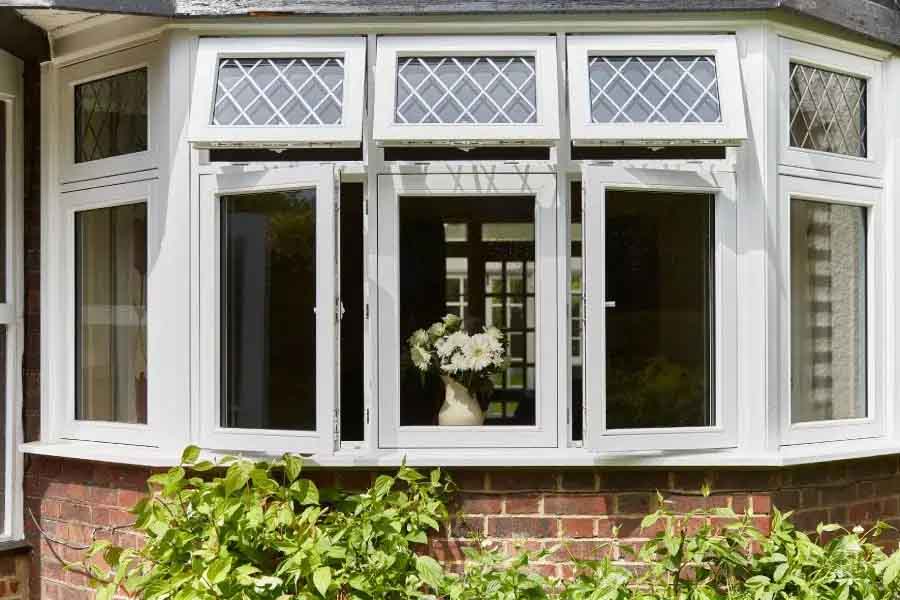Reducing Airborne Particulates Is for Life, Not Just for Covid
Outdoor air pollution in both cities and rural areas was estimated to have caused 4.2 million premature deaths worldwide per year based on 2016 data; with this mortality rate being attributed to exposure to fine particulate matter of 2.5 microns or less in diameter (PM2.5), which causes cardiovascular and respiratory disease and cancers.
This article was first published in Modern Building Services
As designers and operators of building HVAC systems, we have a duty of care to make sure indoor spaces are safeguarded against the dangers posed by what is often referred to as “fresh air”.
It is often quoted that indoor air can be many times more polluted than outdoor air, but it isn’t always that way. We cannot simply assume that bringing outdoor air into a building without air cleaning that same air will always improve the situation.
History
Particle filters selected for air handling units during the design phase of a building have typically only served the purpose of protecting the HVAC system from accumulating dust, to minimise energy use and for reducing failures of components.
For the last two decades, the typical rule of thumb for filter specification for a standard air handling unit was a G4 panel prefilter followed by a F7 bag filter according to the previous filter standard EN 779.
Increased sophistication of air handling units has meant they are more sensitive to accumulation of dust with systems such as those incorporating desiccant thermal wheels needing higher grade of filters upstream of them to keep them operating efficiently.
As there has been little legislation to mandate it, selection of HVAC particulate filter efficiencies has rarely been driven by outside air quality conditions despite there having been guidance in place for some time such as BS EN 13779 superseded by BS EN 16798-3:2017. The same filter grades were historically selected for both locations in rural areas as well as for central city sites.
New legislation
The recent update to Part F Building Regulations - Approved Document F: Ventilation that came into force in June 2022 calls for, amongst other pollutants, to have reduced levels of fine particulate matter drawn into buildings and references WHO figures as targets.
Unfortunately for building occupants, the figures used are not the updated 2021 figures, but the much higher outdated 2010 figures.
Filter selection
The now obsolete although still often referenced EN 779 was replaced in 2016 by a new global standard ISO 16890.
This standard allows engineers to select filters according to their efficiency for removing a known range of particle sizes those being PM10, PM2.5 and PM1 across all types of filters.
As referenced above, if the outdoor air (ODA), required indoor air (IDA) or pollution source is known, the appropriate filters can be selected to address these specific particle sizes at known efficiencies.
Most air handling units will have two stages of filtration; a coarse grade prefilter followed by a final secondary filter. ISO 16890 suggests that combinations of final filtration can be used to further increase efficiency.
Conventional multi pocket secondary stage bag filters with their deep pockets are designed to maximise the cross sectional area at higher efficiencies when compared with shallower depth pleated panel pre filters but it doesn't mean that the surface area can't be increased further without a detrimental increase in overall pressure drop across the filter.
Correctly selected multi pocket bag filters or compact mini pleat filters, can offer this increased filtration surface area meaning that a higher grade of filter can be used without necessarily increasing the pressure drop.
These filters can often be a straight swap for conventional banks of bag filters in air handling units. This allows increased efficiency of particle reduction without modifications to the air handling unit, without increased pressure drop and subsequently without increased energy use.
.jpeg?width=770&name=aircube-select-eco-4v-4v-compact-filter%20(1).jpeg)
That being said, when looking at improving the performance of an air handling unit, it's often worth considering upgrading the centrifugal fans to EC plug-fans. This can also further free up space in the AHU for other IAQ improvement solutions.
Proper consultation with filter and fan manufacturers will ensure that any of the above improvements are viable.
Opportunities for using data
DEFRA provide low resolution data on outdoor air pollutant levels, but with pollution concentrations varying significantly over short distances, particularly in heavily built-up areas, the accuracy cannot be relied on.
In the last few years, there has been a significant increase in the amount of high-quality outdoor air quality monitoring stations, particularly in London and other major cities. A number of providers can now provide highly localised historical data for levels of particulate pollution. On a simplistic level, this data is created by combining outdoor air monitoring data and adding additional layers of information about the weather and traffic. We have tested the quality of this data and found it to be sufficiently accurate compared with local outdoor air quality reference stations. This data can be gathered and then factored into in the selection process for air handling unit filters.
By applying this accurate annualised average outdoor air quality data along with filter dust holding capacity, energy, material and labour costs, it is possible to predict the optimal change intervals for air handling unit filter systems. When this solution was first developed, there was a wide gap between the optimal filter change point from a total cost perspective and the optimal change point from a carbon perspective. With the rapidly increased cost of energy these two optimal change points are getting closer in time.
Both occupancy patterns and pollution levels vary hour by hour, with hybrid working is only going to increase variation. When demand-controlled ventilation systems are used, it is impossible to accurately predict the dust loading of filters without more data.
The latest version of Part F Building Regulations – Approved Document F: Ventilation introduced a new concept, “Reducing intakes during high levels of pollution”
2.6 Where sources of pollution vary with the time of day, such as urban road traffic, it may be acceptable, for time-limited periods, to take one of the following actions.
- Reduce the flow of external air into ventilation intakes.
- Close ventilation intakes when the concentrations of external pollutants are highest.
ARM Environments deploy a two-stage solution for maximising this opportunity for reducing energy, reducing filter change intervals AND improving indoor air quality.
The first level of optimisation entails the deployment indoor air quality sensors throughout the building to gauge how IAQ varies throughout the day. We then study the data to see where lower occupancy levels (and therefore CO2 levels) align with typical local outdoor air quality patterns. This information is then used to manually configure the BMS to minimise outdoor air intake where possible when outdoor air pollution levels are high.

The volume of supply air being brought through the AHU is measured with a manometer. This data, combined with 4G-enabled pressure differential sensors accurately models the dust loading of the filters to allow them to either be changed to optimise cost, or to minimise carbon emissions.
Only by measuring the operation of the air handling unit in combination with real time outdoor air quality data can we accurately predict the optimal filter change points.
The second level to an optimisation is to use past, present and future indoor and outdoor air quality to control the ventilation rate. The learning algorithm is able to predict patterns of IAQ driven by occupancy levels. Outdoor pollution levels are modelled using data from local air quality monitoring station networks, traffic, weather and wind direction.
The system can then control outdoor air rates according to the relationship between indoor and outdoor air quality.
This extra level of data over the stage 1 solution allows optimisations to be pushed to their limits without risking poor indoor air quality and for potential energy and filter cost savings to be made.
This optimisation often includes the addition of active air purification systems which continue to keep indoor air quality at acceptable levels when ventilation rates are reduced.







